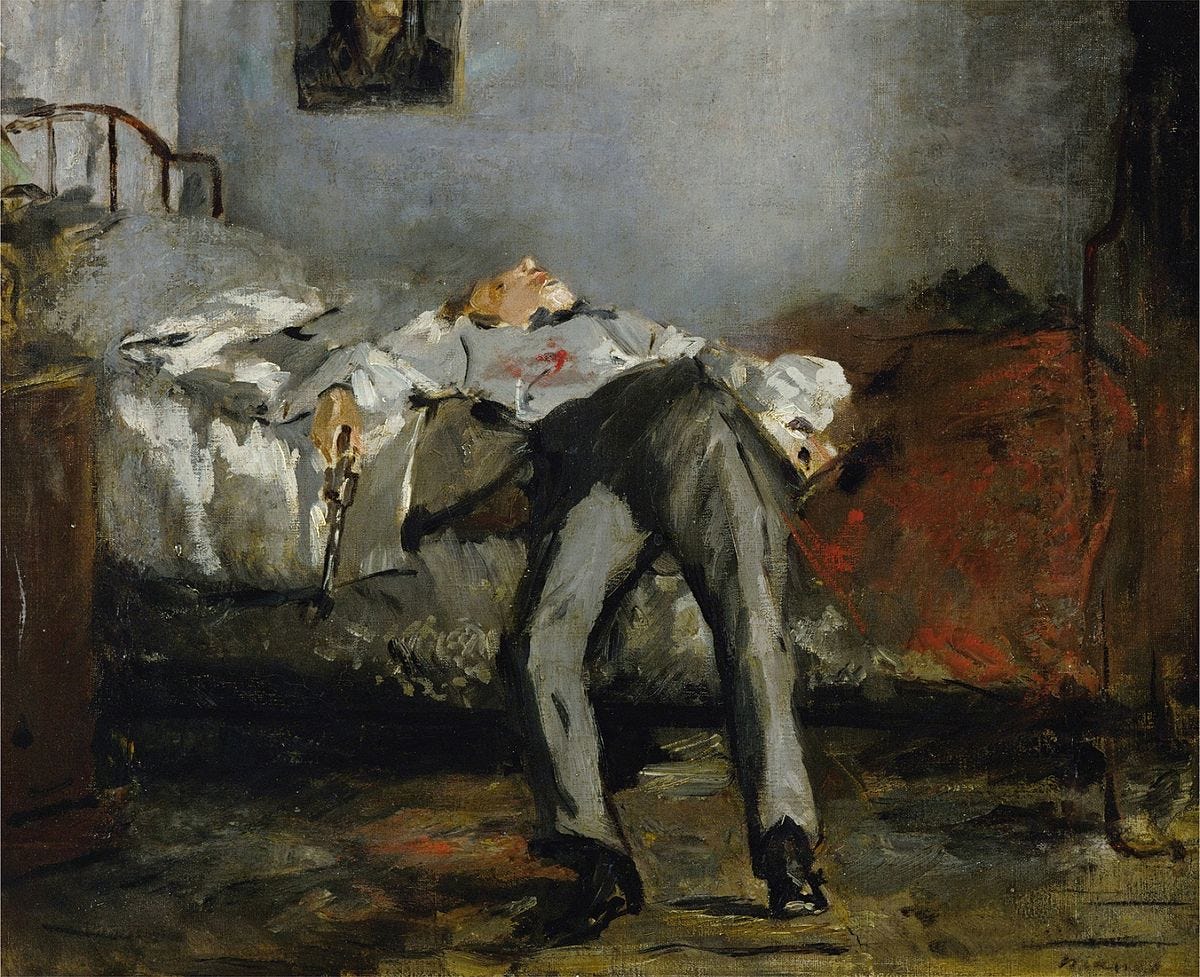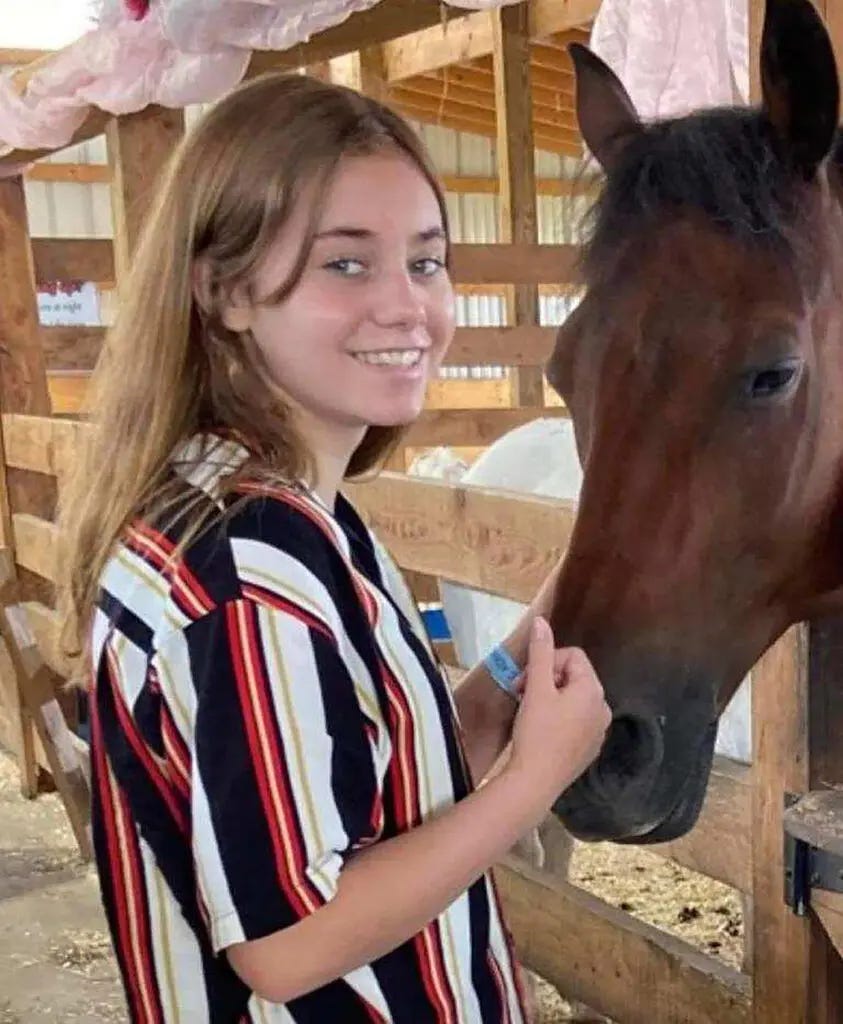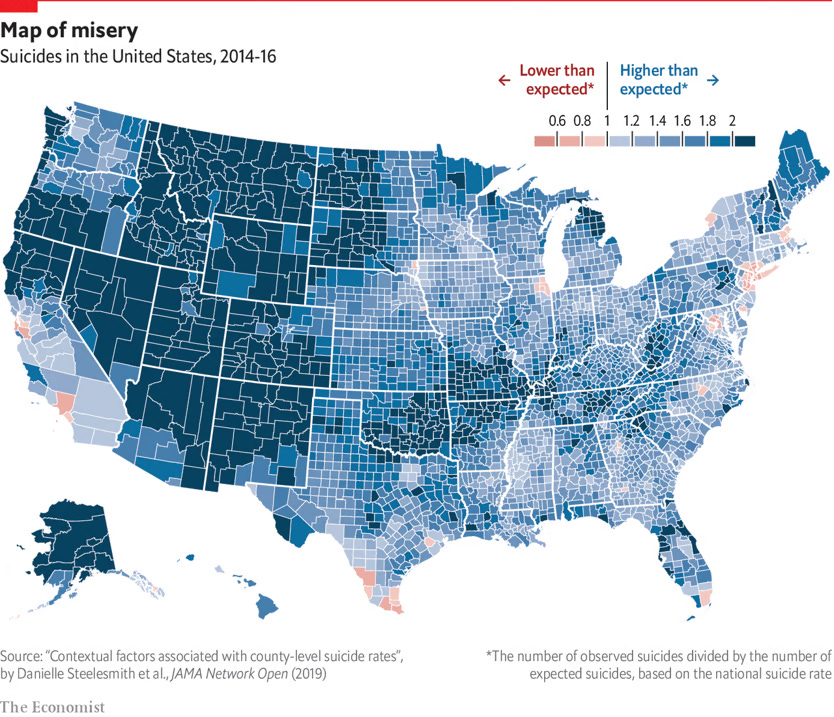We live in a fragile world.
Fragility can be beautiful, a fragile flower.
Fragility can be unstable, a house of cards (now you see it, now you don’t). We understand - or are taught - life is temporary. Life is short, life is fragile.
Watch or Read or Listen to the news. People are dying, every minute of every hour of every day. Here now, gone tomorrow. An earthquake, 45,000 dead - mothers, fathers, children, grandparents, uncles, aunts and on and on.
Death can be peaceful or it can be horrific and everywhere in-between. Death is not birth.
Birth happens, for the most part, the same way every time. There is pleasure in anticipating birth.
Not so with death. The only time death is pleasure may be when relief comes if someone living far beyond their healthy days dies.
Death always takes us by surprise. Grandpa dies after years and years of ill health, immobility, and dementia; but his death, still, when it comes, seems like a surprise. “We’re sorry for your loss.”
“We’re NEVER sorry for the arrival of your new baby.” Even though there is a lot of pain and suffering following the birth of a baby.
It wouldn’t take much to obliterate the human race. It could happen, a freak occurrence of Nature. Or, we could do it to ourselves. We have the capacity for this. Population-suicide, but, so far, we haven’t done it.
A subset of people, for whatever reason, make the personal decision to take their own lives. To snuff out one’s own existence, permanently, through a deliberate act of will. Manet’s portrait, Le Suicidé, 1877–1881, depicts this.
Who are Suiciders?
Are they angry? Broken? Ill? or just terribly mixed-up? Are they neurologically hay-wired, biochemically destabilized or genetically misaligned? By any metric, something seems deeply wrong. Is it phenomenal trauma that causes personal suicide? Most of us know a person or persons who has suicided. We invariably ask, What happened to this person? What went wrong? Whose at fault?
After Teen’s Suicide, a New Jersey Community Grapples With Bullying
Fourteen-year-old Adriana Kuch told her father that she could not bear the humiliation after she was attacked by another girl inside her New Jersey high school and a clip of the assault was posted to TikTok.
The day after the Feb. 1 assault, Adriana retreated to her room at about 10 p.m. and took her own life…Most children who are bullied do not take their own lives. And experts say the factors that lead to suicide are complicated and often cannot be traced to any single cause. (New York Times, 14 February 2023)
In an earlier entry, I listed quite a number of high-profile suicide victims. At that time, I did not delve into what suicide is or why it happens, or what it means for a person(s) to make the explicit decision to self-destruct. I certainly did not discuss psychological or medical strategies for treating a person susceptible to suicide.
In my own practice I’ve treated nearly half a dozen people who subsequently suicided. Sadly, these persons are no longer alive. I’ve worked with cult members who have had, as a charge from their leader, to suicide, although I do not recall any personal experience with a cult member client who followed through on the directive. I have, however, watched, first hand, the process prior to suicide: 1.its early precursors, 2. the near-act build-up, 3. the failed attempts to follow through, 4. mine and others efforts to stop them, and 5. the ultimate act and its consequences for others.
After a suicide, all that’s left is a history, usually a difficult one at that: “What Happened Here?” AND a never-ending bad legacy for later generations.
There is a documentary film on the topic, a Sundance Film, The Bridge (2006 documentary film). It features interviews with family and friends of victims who have thrown themselves off the Golden Gate Bridge. I would not recommend this film if you have active suicidal ideation or if you are at all squeamish about the topic.
Suicide is one of the more enigmatic behaviors encountered in living. Not a simple act by any means, suicide rarely follows an easy course or a specific set of rules. The urge or impulse to kill one’s self is not felt by everyone.
Sometimes suicide can be an heroic or a religious act as I have alluded to earlier. I have even been asked if I will “kill myself” for a religious purpose, but fortunately, the person commanding me (to run out in front of a car and end my life at 20 years old) did not actually want me to do it (or dead, now, I would be). This (Mormon) religious leader, ostensibly, wanted to ascertain whether I could (and would) do anything by commandment from my religious leader (as a proxy for God). The question (and the right answer) was his only pre-requisite for me to become his chosen personal assistant, which I was dutifully for six-months.
Suicide can be an act of terror, or it can be the culmination of a ritualistic act such as the Japanese practice of performing seppuku at the death of one's master. The ritual of personal self-destruction can be (and is) performed for a wider variety of reasons, too many to enumerate here.
A few statistics:
I came across this 2020 article, titled: America’s suicide rate has increased for 13 years in a row. I copy above a graphic, the expectancy statistic for suicides in the United States. Utah, doesn’t fare well in this chart.
I quote from The Economist, “IN 2010 AMERICA’S Department of Health and Human Services set a goal of reducing the country’s suicide rate from 12.1 to 10.2 per 100,000 population by 2020. Instead of falling, however, the rate has climbed. On January 30th the Centers for Disease Control and Prevention (CDC), a federal government agency, reported that more than 48,000 Americans had taken their own lives in 2018, equivalent to 14.2 deaths per 100,000 population. This makes suicide the tenth-biggest cause of death in the United States—deadlier than traffic accidents and homicide.”
This Economist article views suicide as a population phenomenon, a statistic, and its focus is the social and economic costs of suicide. My view is different, I view suicide, for whatever reason, as a personal decision, and therefore, fundamentally an Act of Will.
I define “Will” below:
Merriam-Webster Definition (Will) auxiliary verb: 1. used to express futurity (tomorrow morning I will wake up in this first-class hotel suite)…2. —used to express desire, choice, willingness, consent, or in negative constructions refusal (will you please stop that racket…)
The American Psychological Association defines “Will” comprehensively from a psychological perspective: n. 1. the capacity or faculty by which a human being is able to make choices and determine his or her own behaviors in spite of influences external to the person. See volition.
The Case of Carl
Carl was a 32 year old White male, single, referred to me by his psychiatrist and also his mother. Carl made an appointment and attended a first session. He told me that he was intent on killing himself sometime in the near future. The only reason he hadn’t already done so was that he didn’t want to disappoint his mother who was frantically trying to help Carl change his mind.
In our first meeting, I traced back through Carl’s personal history. Born along the East Coast to an Upper-Middle Class family, his SES was moderately-high. His parents were married, well-adjusted, and still married. Carl had one brother, now a professional architect. He had his first thoughts about suicide at the age of 12 when he was not selected for a sports team in his public school. At the time, he felt ostracized from the team and the school, so he decided if he wasn’t wanted on the team, everyone would be better off if he was just dead.
Carl had a Grandfather (on his mother’s side) who frequently talked of suicide and expressed suicide ideation although he never acted on these threats. Grandfather was a widower who had never re-married. He lost his spouse at a young age in an automobile accident. Since her death, the Grandfather reported tremendous grief that eventually caused his mood to migrate to a chronic depressive state. Still living, Grandfather was at the time of the interview, 80 years old.
Carl’s father was in a job where they moved frequently and for a period of time they lived outside the United States. In high school, Carl was a loner, never connecting to age-peers. He was an average student, avoided alcohol and drugs. Enjoyed skiing and outdoor activities that he usually engaged in alone. He reported never having a girlfriend or any real close interpersonal friendships beyond his family. He kept himself healthy, mostly by outdoor adventure activities where he took many risks. He said, “I’m always tempting death.” As a consequence, he became a very good extreme skier and had contracted with a few small companies to make local ski movies.
He externalized the issue of suicide by saying. “Dr. it’s not a question of if I will commit suicide, it is a question of when and how. If you can give me a reason I should not kill myself, I want to hear it, but so far, no one has been able to convince me that I should not kill myself.” He repeated this statement in various forms throughout out sessions.
It was clear in the earliest sessions that Carl was issuing me a challenge. A challenge that I would eventually FAIL at, although I would try not to fail. As I saw it, Carl had it easy, he could listen to me argue, plead, cajole, and he could just sit there and say over and over again, “You failed.” That seemed to be the scenario he was setting up. If I failed, I would disappoint him, disappoint his Mom, disappoint the medical profession, on and on. He had the power, I was the actual victim. And this is how it played out.
I’m a fairly good therapist, I came to Carl highly recommended. If I was unable to come up with a good reason that people shouldn’t kill themselves this would be one more step in Carl’s mind towards engaging the act. Carl was NOT happy or content. He spent most of his days alone when he was not working at a commercial delivery job. He had no friends, no girlfriends although he was very good looking, tall, and physically fit.
In some ways, this story comes back to POV. Carl’s POV was set. He saw life as not desirable, he wanted to end it and be done with it, or so he claimed. He professed no religious faith, no sense of purpose, no perception, that he could discern, that there was any meaning in life other than to use up with natural resources of the planet. Even his therapist was unable to create a “real” case for living on in the presence of these negatives. He had no one but his mother to live for, and even here, he could reason that if he was dead she would be better off not continually worrying about him. His mother had her other son (Roger) to think about, so Carl’s suicide would make all this easier (even simpler) for her.
Carl was smart and it wasn’t long until I was talking in circles. Finally, I’d had enough and I said, “Carl, it doesn’t matter what I say or do, it will not influence your decision. I feel almost like you are taunting me. It is you that has to decide that you don’t want to suicide, I won’t convince you. I can insist you go to the hospital, but you won’t divulge a plan or a weapon or a method, so my hands are tied. I suggest you start group therapy and interact with others struggling with this issue. Maybe you will discover something from this venue.”
The sessions ended shortly after these interchanges. He left an unsatisfied and angry individual, said I was simply tossing him like a football to another player, but this had been his experience with other therapists, counselors, and psychologists.
I kept track of Carl through his psychiatrist who was prescribing him anti-depressants. Carl reluctantly gave me a release to do so. For a year, Carl still engaged in life. I only hope he found a way to shift his POV.
Is Suicide Biologically Determined?
Was Carl’s POV biologically determined (think Grandfather).
The biological link to suicide has been studied and findings have mostly assayed blood platelets, lymphocytes, and cerebral spinal fluid obtained from suicidal patients (living) in contrast to the postmortem brains of suicide completers (shortly after the act).
Serotonin abnormalities in these studies were found to be lower in suicide completers, leading to the postulate of a down-regulation of the human serotonergic system which likely generates depressive affect and impulse control in the presence of escape fantasies (suicide ideation). The addition of impulsive-aggressive behavioral tendencies found in the low serotonin-suicide group suggest an unusual interaction of biochemical and neurological factors predisposing persons to act impulsively.
Of the 13 serotonin receptors identified thus far in human beings, receptor subtypes, 5HT2A and 5HT1A are most likely the ones linked to suicidal behavior. Why this is the case is a complex question that I will not delve into here, but suffice it to say that pathways from biochemical to neurological to behavioral acts like suicide have been identified.
Cortisol, a steroidal hormone released through the adrenal glands, has been found in excess in suicide attempters versus age/sex/SES/ matched controls. But cortisol is a stress hormone and it might be the case that people thinking and acting on the impulse to self-destruct experience undue stress. Is Cortisol an active agent or a residual product? Who knows.
If there are two serotonergic subtypes, how does one treat them?
The short answer is that if too many of these 5HT receptor sites exist, then treatment involves applying a serotonin agonist (or a chemical that disrupts serotonin production). This would create more free-flowing serotonin which then might find its way to brain-areas that are active in vulnerable people. Unfortunately, agonists block other receptor sites including those that facilitate memory function and have a positive impact on mood, so blocking receptor sites with agonist drugs can create more problems than it solves.
Be that as it may, treating suicide within this theoretical framework usually takes the form of administering tricyclic anti-depressants which have been shown to reduce the density of 5HT2A receptors and this has been linked to diminished suicidal ideation. Drugs, like Trazadone, would be a treatment of choice if the goal is primarily to reduce the intensity of suicidal thoughts and impulses without respect to mood or motivation.
I could go deeper into this discussion, but I risk reader frustration because it is impossible to know whether these receptor sites are a causal source of suicide ideation, impulses, and actions or if these receptor sites are simply being affected as a consequence of suicide ideation, impulses, and actions.
How Do You Psychologically Treat a Suicidal Patient?
This question gets at the heart of what most people want to know. Aside from physically managing the individual (e.g., hospitalization, stepping up contact with the at-risk client, engaging the persons in an ongoing dialogue to help weather suicidal thoughts and impulses).
In short, there is no good psychological treatment for this issue.
Weathering suicidal impulses is a learned activity. If a person no longer wants to live and the same person has generated the personal idea or POV that he or she can terminate his or her own life through a willful act, then suicide becomes a possibility.
Suicide is, for the most part, a choice a person makes from a specific POV.
Sometimes, suicide happens inadvertently. This isn’t a statistic counted in the statistical literature which defines it as follows: CDC (Suicide is death caused by injuring oneself with the intent to die.)
What happens when someone takes an inadvertent overdose of drugs, or causes an horrific car accident and is killed in the process, or mistakenly fires a bullet into one’s own chest while playing with a gun. There are all kinds of hidden situations where someone who is at risk for suicide is killed by carelessness or neglect. Carl in the vignette above is more likely to die in a skiing accident than to shoot himself in the head with a gun, particularly since he didn’t own a gun.
If you added this (inadvertent death due to carelessness) statistic to the overall suicide rate, I’m sure the subsequent analyses would be stratospherically high.
Living Life is Not an Easy Task
More people than not have entertained the fleeting thought of suicide. It might be something you say to yourself, “I would be better off dead” or “I should just go out and kill myself.” Who hasn’t said to him or herself in a moment of angst, “I can’t go on living like this!” Why do people say such things! Why is it so common to hear these kinds of sayings (and there are many). I think it is because, deep down in our unconscious, we all know we have this power.
I defer here to Albert Camus, The Rebel. In this little book which is based on the notion of the “Absurd” or that “Life is Absurd.” Camus states: “There is only one really serious philosophical problem, and that is suicide.”
Camus sees the question of suicide as a natural response to an underlying reality, namely, that life is absurd. In Camus’ view, it is absurd to continually seek meaning in life when there is none; and it is absurd to hope for some form of continued existence after death, which results in our extinction. But Camus also thinks it absurd to try to know, understand, or explain the world, since he regards the attempt to gain rational knowledge as futile. Here Camus pits himself against science and philosophy, dismissing the claims of all forms of rational analysis: “That universal reason, practical or ethical, that determinism, those categories that explain everything are enough to make a decent man laugh” (MS, 21, Stanford Encyclopedia of Ethics).
According to Camus, people actually commit suicide “because they judge life is not worth living.” But, Camus also asserts in The Rebel, “the absurd is an experience that must be lived through, a point of departure, the equivalent, in existence…
What does all this mean. What it means is that the world, as we know it, is not a rational (or an irrational) place. It is simply “a place for our existence.” It’s no place to stay permanently, for sure, so we eventually die. But, it is a place to live out one’s life for good, bad, indifference, through mistakes, victimization, trauma, all kinds of things. We didn’t choose our parents, or any of the circumstances under which we were born or went through our infancy. These choices are due to fate not us.
We all know, deep inside, that we can cut this life short through a self-destructive act, and once in a while, we become aware of this power to act - the power to take one’s own life. But, we don’t do it. Why? Because We decide not to, and that is the ultimate exercise of free will.
Suicide that occurs, then, at its fundamental level is either: 1. “A CRY FOR HELP” or “A MEANS OF ESCAPE” or “A PLEA FOR A LIFE PARADIGM CHANGE.” It is the human “NUCLEAR” strategy for self-obliteration, no different in some ways than when in a troubled marital relationship one member of the couple says, “THAT’S IT I WANT A DIVORCE.” This statement is saying, I want to obliterate our marital relationship forever, marital suicide, so-to-speak. Most people don’t want to die, most people don’t want to divorce, they want a “PARADIGM SHIFT.” What is a paradigm shift, it is a total change of one’s personal POV. You can create a total paradigm shift and continue living by obliterating a marriage and “starting over.” This is not true for suicide. So, there is also a big difference between suicide and divorce.
What is a Paradigm Shift and how do you engineer it?
I’ll save this for a later entry because I’m now at my word limit.











